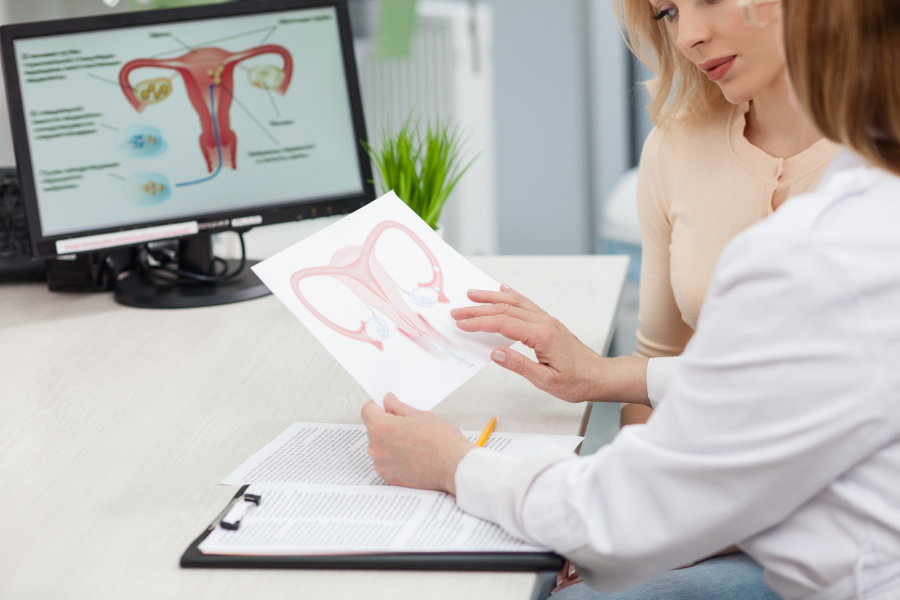Prenatal care involves a comprehensive approach to monitor the health of both the mother and the developing fetus. Ultrasounds, while highly informative on their own, are often part of a broader array of tests including blood work and genetic screening. Understanding how these different tests work together can provide expectant parents with a clearer picture of prenatal health and what to expect throughout the pregnancy. This article explores how ultrasounds integrate with other prenatal tests to ensure a comprehensive assessment of fetal development and maternal well-being.
The Role of Ultrasounds in Prenatal Care
Ultrasounds use sound waves to create images of the fetus inside the womb. They are crucial for:
- Confirming the pregnancy and its location within the uterus.
- Determining gestational age and the estimated due date.
- Monitoring fetal growth and development.
- Detecting potential abnormalities and structural issues with the fetus.
- Assessing fetal position and placental location, which are vital for birth planning.

How Ultrasounds Integrate with Other Prenatal Tests
Blood Work
- First Trimester Screening: Blood tests can measure levels of specific substances in the mother’s blood, which, when analyzed in conjunction with a nuchal translucency scan (an ultrasound that measures a specific area on the back of the baby’s neck), can assess the risk of chromosomal conditions like Down’s syndrome.
- Second Trimester Maternal Serum Screening: Often called the “triple or quad screen,” this test measures substances in the maternal blood that help identify the risk of certain birth defects and genetic disorders when combined with ultrasound findings.
Genetic Screening and Diagnostic Tests
- Cell-Free DNA Testing (cfDNA): This non-invasive test analyzes fetal DNA in the maternal bloodstream to detect chromosomal abnormalities. Ultrasound helps verify the gestational age which can improve the accuracy of cfDNA results.
- Chorionic Villus Sampling (CVS) and Amniocentesis: Both are invasive tests that collect cells from the placenta or amniotic fluid, respectively. Ultrasound is critical here, guiding the procedure to safely collect samples while avoiding harm to the baby and mother.
Infectious Disease Screening
- Blood Tests for Infectious Diseases: Tests for diseases like toxoplasmosis, rubella, cytomegalovirus, and herpes can be crucial, especially if the ultrasound shows signs of possible infection, such as calcifications in the brain or other organs. Confirmatory tests help to manage these conditions effectively during pregnancy.
Glucose Screening
- Gestational Diabetes Testing: Typically done between 24 and 28 weeks of pregnancy, this involves drinking a glucose solution and measuring maternal blood sugar levels at certain times. Ultrasounds in conjunction with this test can help monitor the baby’s growth, as excessive fetal growth may be a sign of gestational diabetes.
Biophysical Profile (BPP)
- Combination of Ultrasound and Non-Stress Test (NST): A BPP is typically done in the third trimester to check the baby’s health by assessing movements, heart rate, breathing, and amniotic fluid levels. This test combines an NST, where the baby’s heart rate is monitored, with an ultrasound.

Navigating the Integration of Tests
- Timing and Frequency
- The integration of these tests is carefully timed to provide optimal information at different stages of pregnancy. For example, nuchal translucency scans and cfDNA are done in the first trimester, while detailed anatomy scans and glucose screenings are reserved for the second trimester.
- Interpreting Results
- Results from different tests can corroborate each other, enhancing diagnostic accuracy. For instance, abnormal ultrasound findings may prompt more targeted genetic testing, which can confirm or rule out specific conditions.
- Follow-Up and Further Testing
- Depending on the results, follow-up testing may be necessary. If an ultrasound detects a potential anomaly, further diagnostic tests like amniocentesis may be recommended to ascertain the exact nature of the issue.
Ultrasounds are a vital part of prenatal care, not just for the direct observation of the fetus but also for how they integrate with other prenatal tests. This combination provides a comprehensive view of fetal health and maternal well-being, allowing healthcare providers to manage the pregnancy effectively. For expectant parents, understanding how these tests work together can demystify the process and help prepare them for what to expect, ensuring they are informed and reassured throughout the pregnancy.
This information is presented as a general guide to combining ultrasounds with other prenatal tests. It is for informational purposes only. The information provided is not intended to be the only information available about combining ultrasounds with other prenatal tests. The material provided is not expected to be a substitute for advice or information from your physician or health care provider.
If you have any questions, concerns, fears, apprehensions, unease, or worry about combining ultrasounds with other prenatal tests contact your health care provider immediately.



